

Vesicles
Vesicles are membrane-wrapped containers involved in shuttling materials between cellular compartments
-
Most molecules are too large to pass directly through membranes and so are packaged into vesicles that can fuse with a membrane to deliver the material
Clathrin
Some vesicles form with the help of a coat protein called clathrin
-
Clathrin is a triskelion-shaped molecule that is recruited to a membrane by adaptor proteins (adaptin)
-
The clathrin proteins then link together to form a rounded lattice that pulls the membrane into a bud
-
This bud is then cleaved by another protein (dynamin) to form a vesicle, at which point the clathrin architecture disassociates
Clathrin Coats
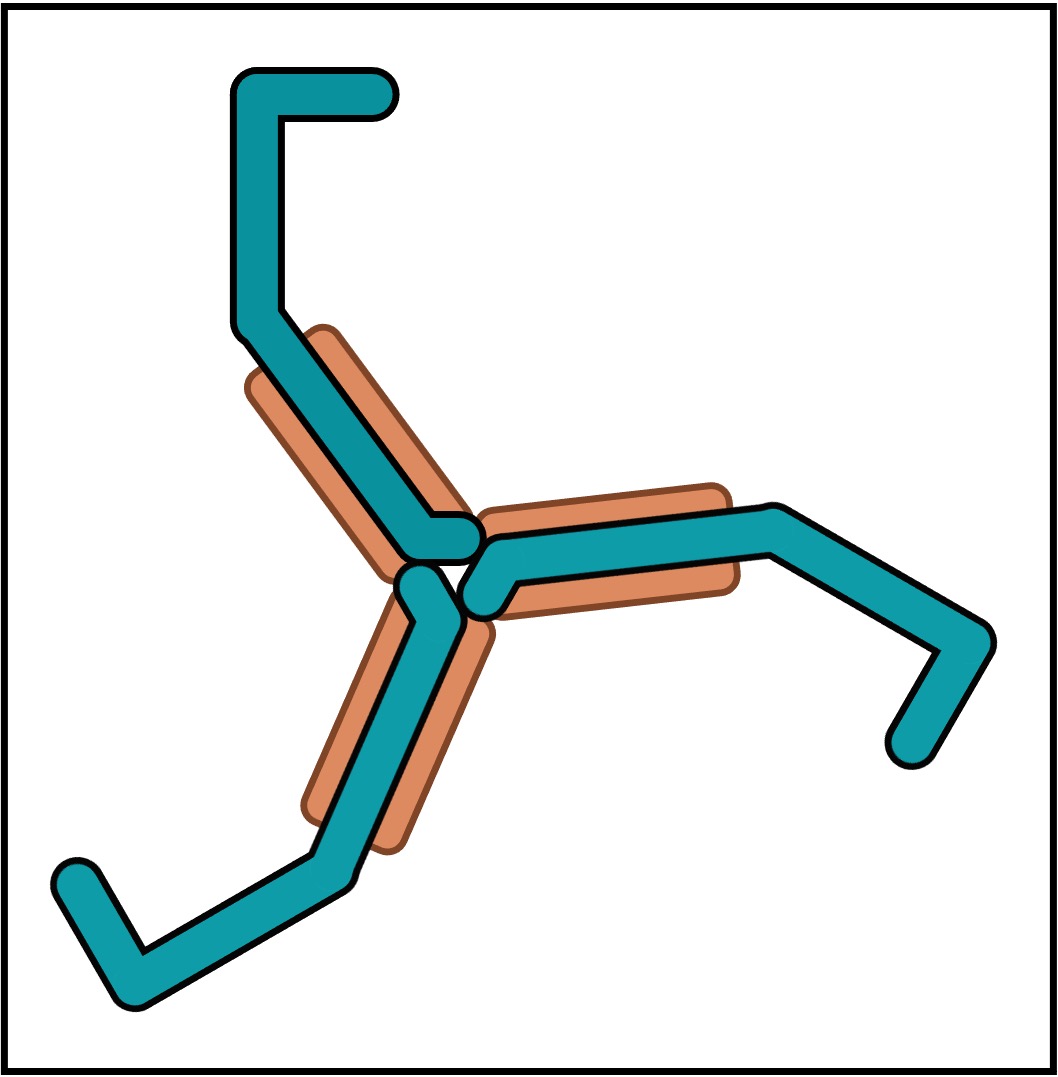
Clathrin Protein
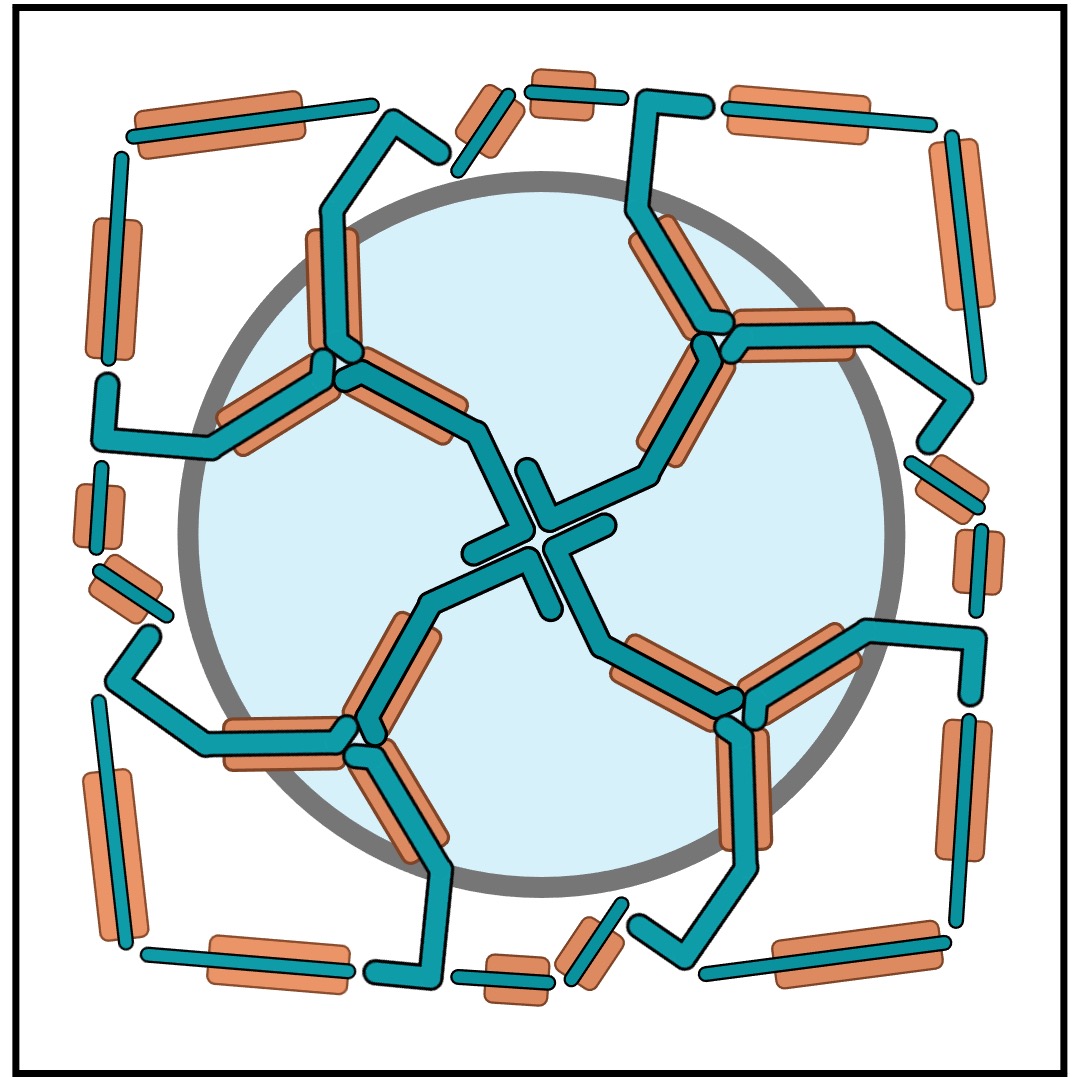
Clathrin Coat
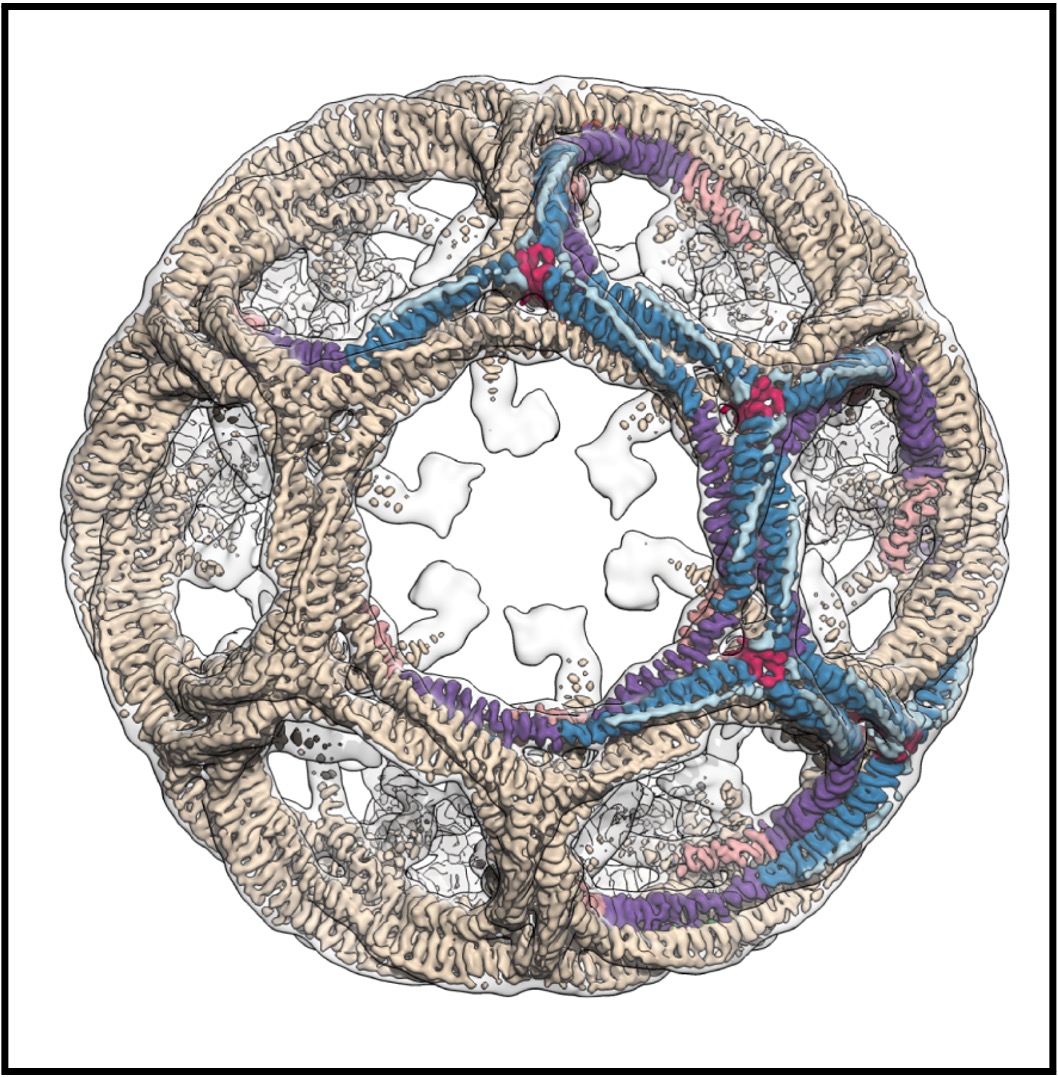
Molecular View
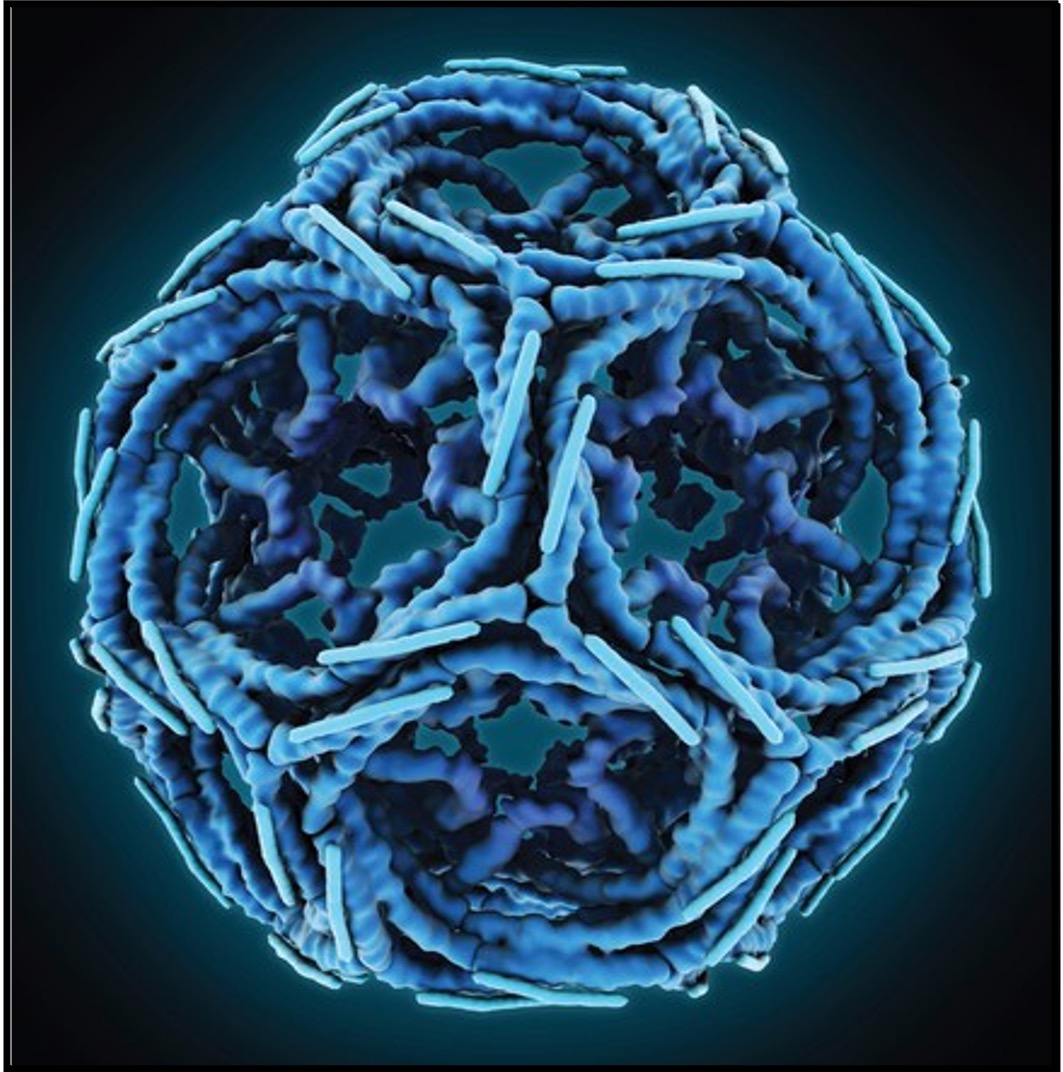
Artistic View
Receptor-Mediated Endocytosis
While clathrin helps to shape the vesicle, not all vesicles will be formed via the clathrin coating mechanism
-
As clathrin requires recruitment to the membrane, it is commonly used for receptor-mediated endocytosis
-
In this process, a specific ligand binds to a receptor, which then recruits clathrin (via an adaptor protein)
-
The advantage of receptor-mediated endocytosis is that only the specific ligand will be internalised, allowing greater regulatory control over what materials enter a cell
Vesicular Formation
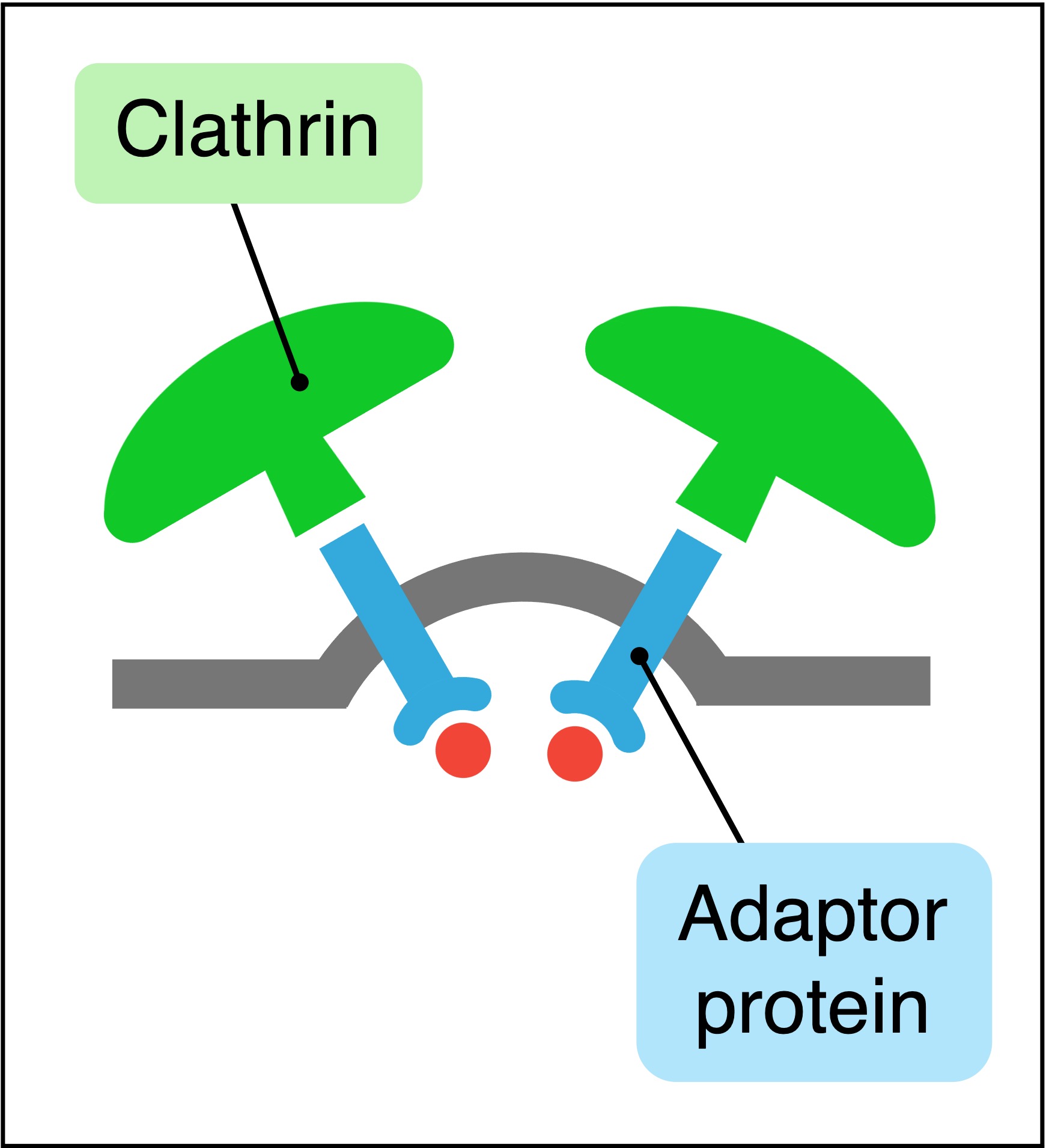
1. Recruitment
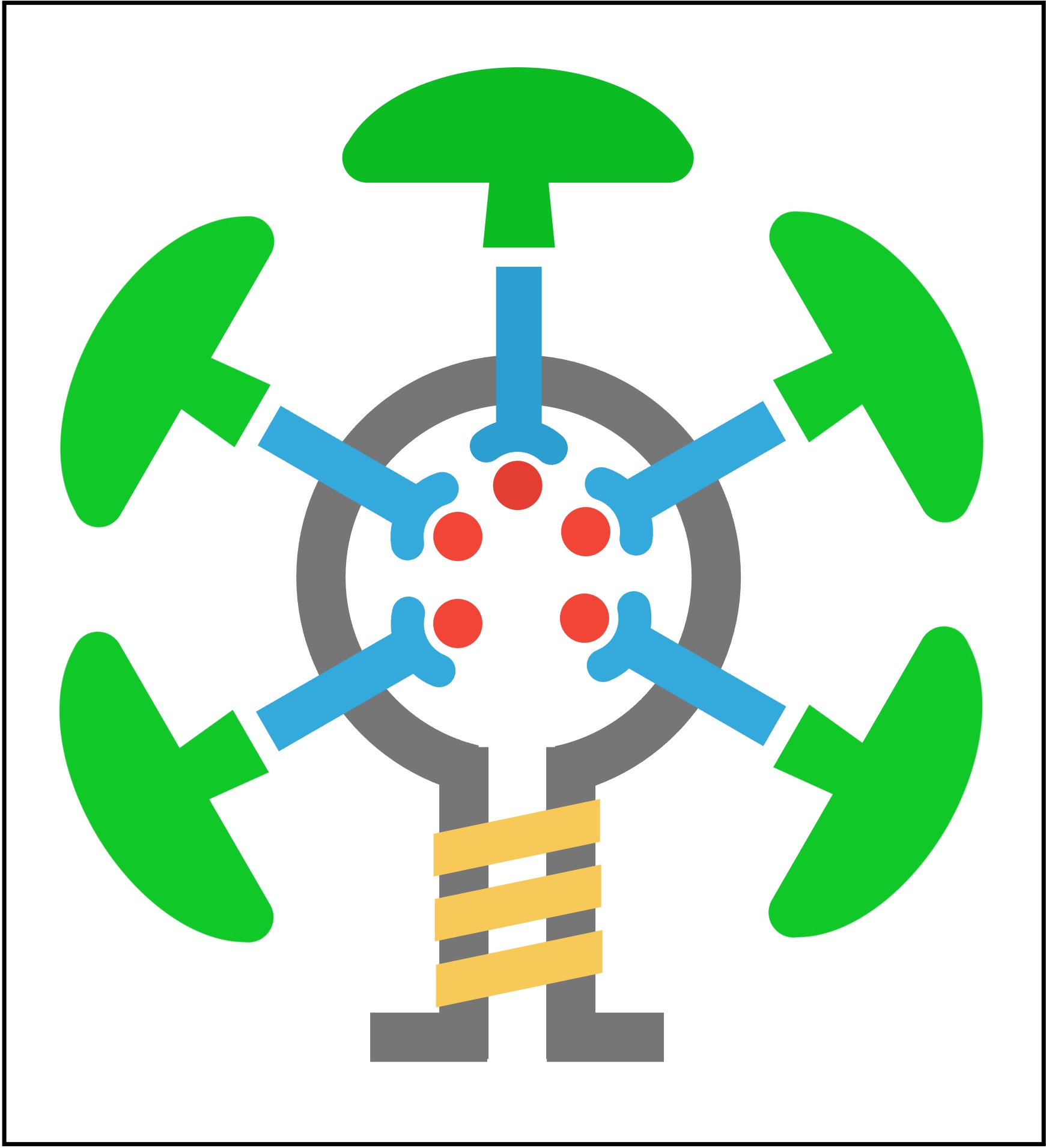
2. Budding
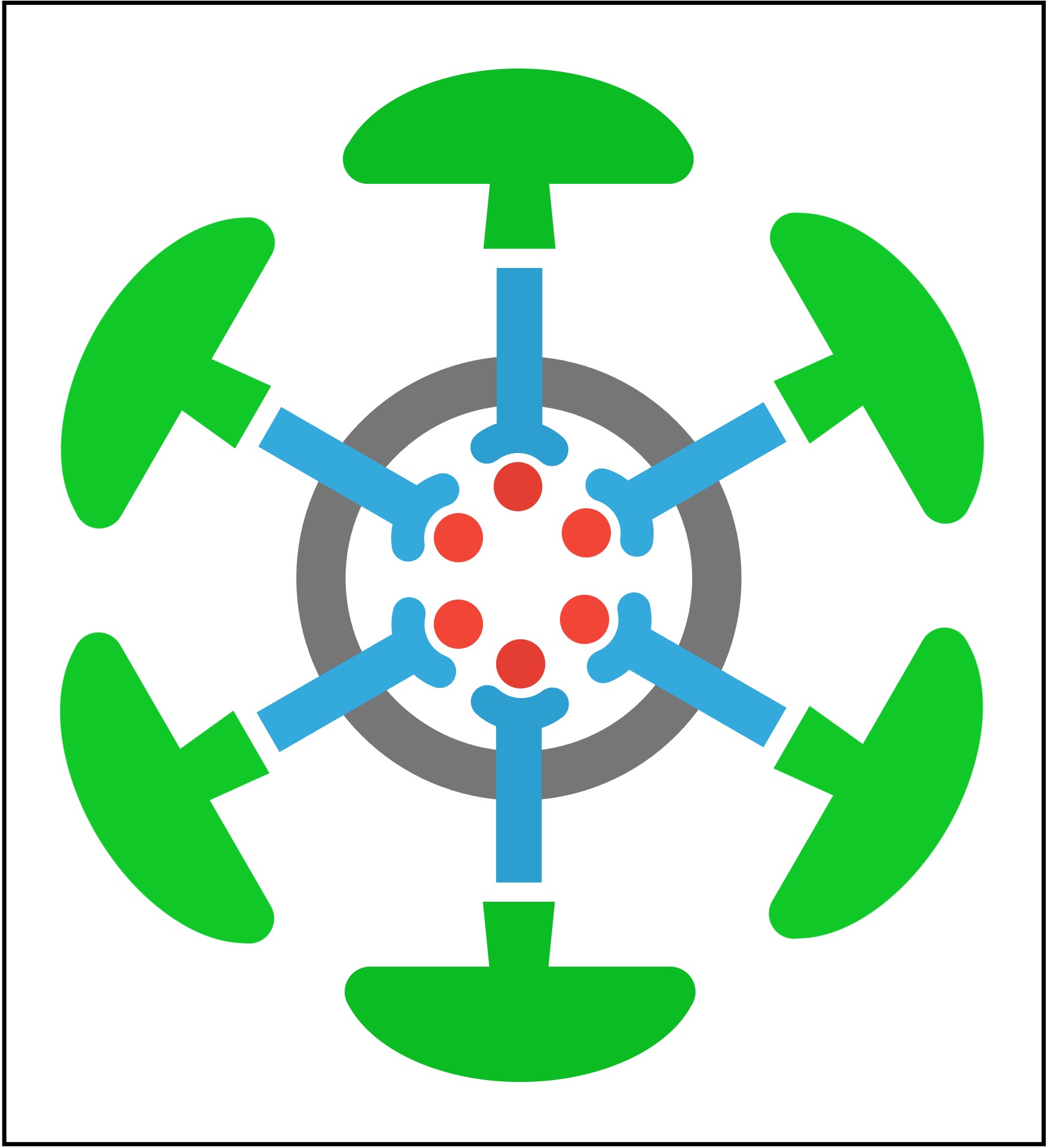
3. Coated Vesicle





